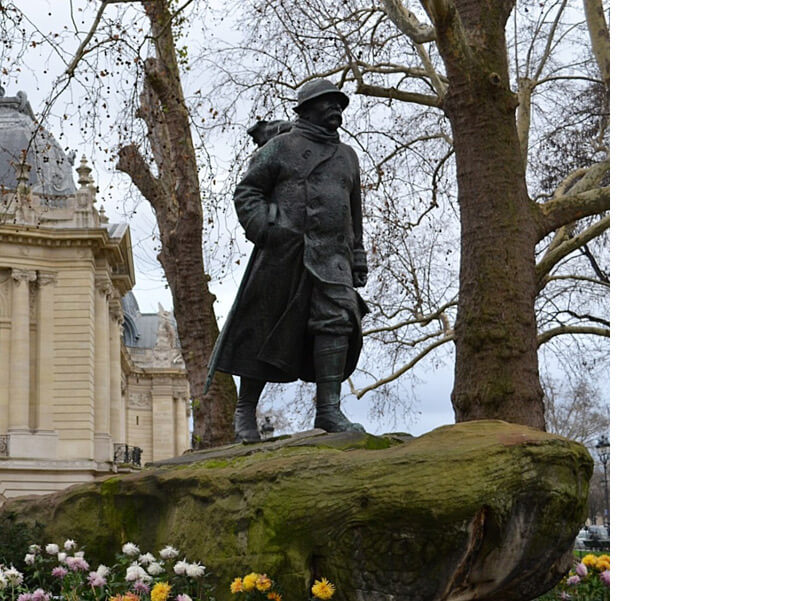
CLEMENCEAU STATUE
Place Clemenceau, in the Champs-Elysees gardens
Three years after Georges Clemenceau’s death, President Edouard Herriot on 24 November 1932 unveiled a statue in Paris of the man who earned the nickname “Father of Victory” after World War I. The statue is located at the intersection of the Petit Palais and the Champs-Elysees (Métro Champs-Elysees-Clemenceau) and was designed by sculptor François Cogné. Each year on November 11th the President of the Republic relights the flame at the Tomb of the Unknown Soldier under the Arc de Triomphe and then lays a wreath at the base of the Clemenceau statue.
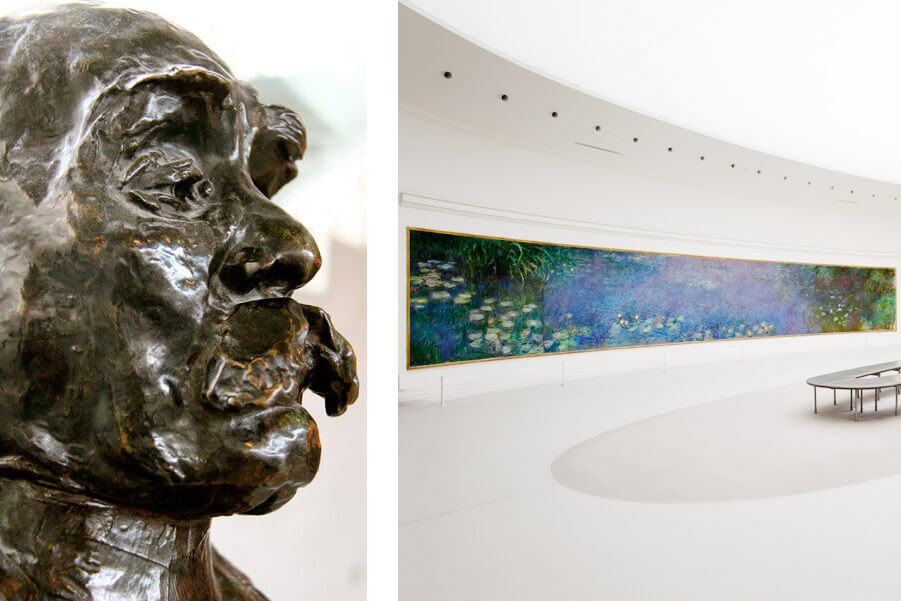
CLEMENCEAU BUST BY RODIN
Musée de l’Orangerie
« I am near to finishing two decorative panels that I wish to sign on Victory Day and that I would like you to offer to the State on my behalf. »
Letter from Monet to Clemenceau, 1918
On display at the Musee de l’Orangerie is an admirable bust of Georges Clemenceau by Auguste Rodin. Its presence is a reminder of the important role Clemenceau played for his friend Claude Monet when the artist was painting the Water Lily panels he had decided to gift to France in commemoration of the 1918 victory.
The painter’s eyesight was deteriorating along with his morale. Clemenceau convinced him to have eye surgery and supported him throughout. Moreover, it was Clemenceau’s determination that spurred the installation of the Water Lilies in the dedicated exhibition space at the Musee de l’Orangerie, inaugurated in his presence in 1927 after Monet’s death.
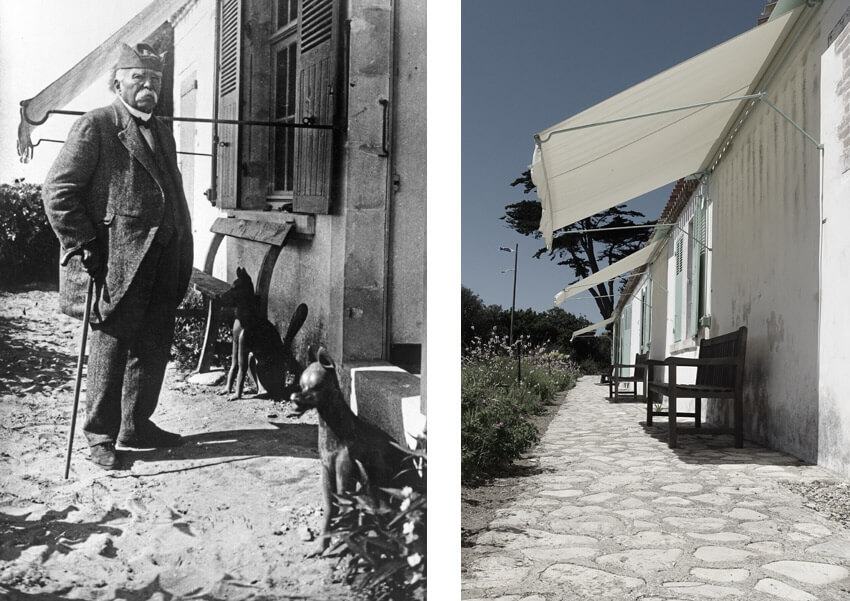
BELEBAT
St Vincent sur Jard
After a professional career as a doctor, professor, journalist and politician, Georges Clemenceau (1841–1929) retired from public life and returned to his native Vendee region during the warmer months. It was there that Clemenceau fell in love with a bourrine– a traditional style cottage of the Vendee lowlands– located on a dune overlooking the sea in a place known as Belebat. Refusing an offer from the owner, Commander Amédée Luce de Trémont, to have the house for free, Clemenceau instead signed a lifetime lease on 15 December 1919 for 150 francs per year with the payment distributed to the needy in Saint-Vincent-sur-Jard. He would spend time there until his death in 1929, indulging his passion for East Asian art, literature and gardening.
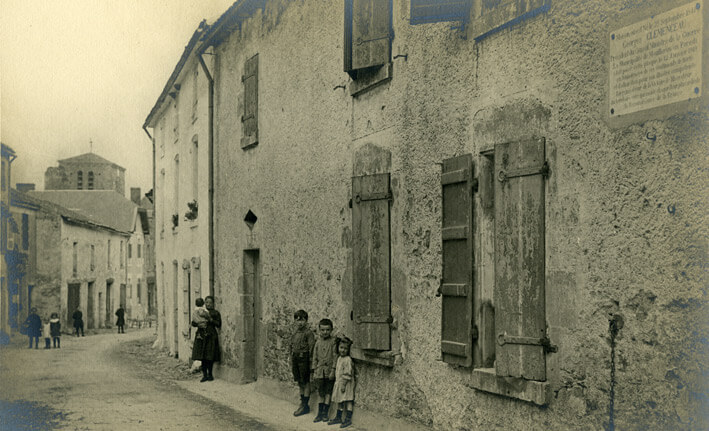
MOUILLERON-EN-PAREDS
The birth home
One hundred and seventy six years after Georges Clemenceau’s birth in Mouilleron-en-Pareds in the Vendee region, the house where he was born will become a national museum. This house- museum will serve as a place of memory and showcase the trajectory of a man of ideas who marked the history of France with his thought and action. Clemenceau’s multi-faceted personality will be on display including his public and private personas and his relationship with the Vendee. The public will finally be able to discover Clemenceau’s birth home, just like the two other crucial places in his life: his Paris apartment that became the Clemenceau museum and the house at Saint-Vincent-sur Jard where he spent the last ten years of his life.
You will participate through this blog and the social networks in the birth of a museum (construction, choice of objects, restoration etc). From birth home to museum, what was the impetus for this ambitious project and what will be its focus? This page will help you to find out more.
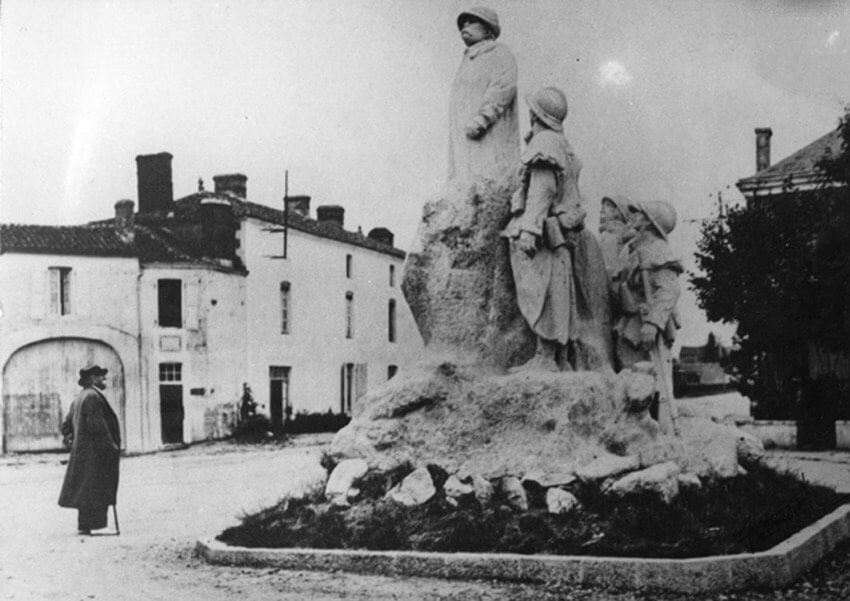
SAINTE-HERMINE
War memorial
« I had the joy of unveiling my proper statue at Saint-Hermione on 2 October 1921. It was very touching. The atmosphere was like a village festival. » Georges Clemenceau
On 2 October 1921, Georges Clemenceau dedicated a war memorial in the square at Sainte-Hermione, a small village located only a few kilometers away from the Clemenceau family chateau at Aubraie. The war memorial was designed by Sicard and featured Clemenceau surrounded by WW1 soldiers.
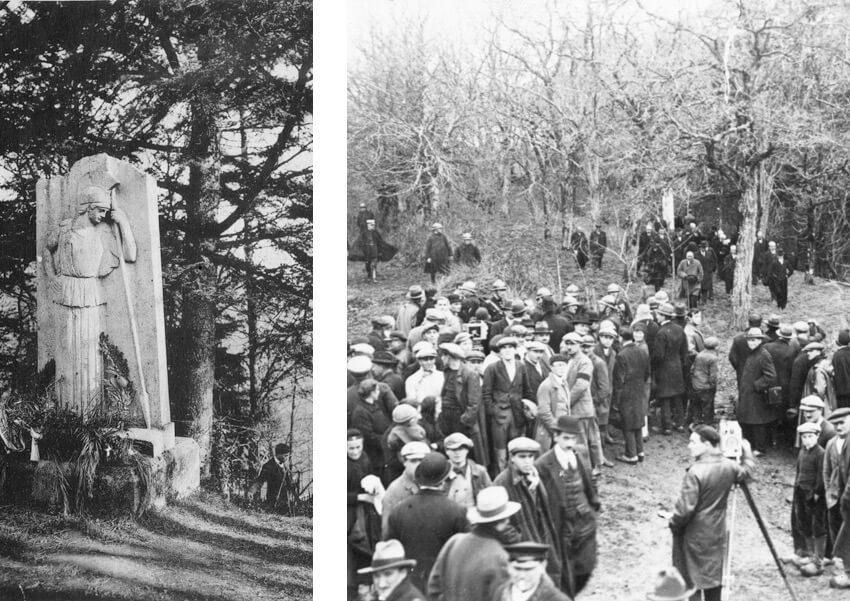
MOUCHAMPS
Le Colombier
Dans la commune de Mouchamps, à quelques pas du manoir « Le Colombier », berceau de la famille Clemenceau, vous pourrez vous recueillir sur la tombe très sobre dans laquelle Georges Clemenceau a choisi d’être enterré aux côtés de son père Benjamin, à l’ombre de l’arbre de la liberté planté par celui-ci en 1848 et d’une stèle, réalisée par François Sicard, représentant une Minerve.


